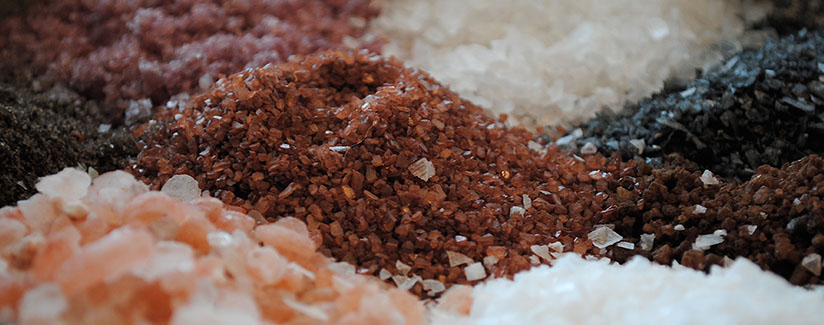
If I Can’t Pronounce An Ingredient, Is It Bad?
Additives like carrageenan, maltodextrin, azodicarbonamide and xylitol are not unfamiliar to our food ingredients list. But if we can’t pronounce them, should we really be eating them? We spoke with a few experts to get the scoop on food ingredients.
Just because you’re not familiar with an ingredient, doesn’t necessarily mean you should avoid it, according to Robert Gravani, PhD, a food scientist professor at Cornell University.
“Companies don’t just add products or substances just for the sake of adding,” said Gravani during an interview on National Public Radio. “They have some functional purpose in the production or preparation or the appeal of that particular product to consumers.”
Additives are used in foods for very specific purposes, said Gravani: to maintain and enhance nutritional value, to maintain quality and freshness and to reduce waste. Ammonium sulfate, azodicarbonamide, and L-cysteine, for example, are used to produce more stable dough in breads and other baked goods. Lactic acid and sodium carbonate control acidity and prevent spoilage. And glycerin and sorbitol help retain moisture in products like shredded coconut and marshmallows.
“In many cases, additives improve our health,” he said. Raise your hand if you know someone with a major nutritional disease like pellagra? Haven’t heard of it? Probably because we’ve eliminated it by adding niacin to bread products and flours, said Gravani. How about goiter? Nope. “We’ve eliminated that by adding iodine to our salt,” he said.
Consumers have choices – and they have every right to pose questions to the companies making their food, he said. Food companies around the world are trying to simplify labels and scientific terms whenever possible to help us better understand why a particular ingredient is included, said Gravani.
“I think it’s very important to look at the reasons we add them,” he said.
We also reached out to two of our nutrition experts to get their take on this topic.
Carolyn O’Neil, MS, RD:
While consumers certainly have the right to know what’s in their food and whether ingredients are hazardous or healthy, simplistic advice to avoid any ingredients with chemical names that are difficult to pronounce doesn’t help. If you see ascorbic acid on a food label, that’s vitamin C. Sodium chloride is table salt. Natural ingredients have chemical names, too.
As a registered dietitian I believe it’s best to tell consumers as much as possible about why a food ingredient is used and explain how the amount per serving meets federal safety standards.
Julie M. Jones, PhD, CNS, LN, CFS, FICC:
This is not at all a good rule of thumb. For example, cyanocobalamin is vitamin B12; stilbene resverotrol is the antioxidant in red wine; guar and xanthan gums extracted from plants add dietary fiber to the diet. These are just a few of a million examples.
We would be happy to help answer any of the ‘whys,’ the ‘hows’ and the ‘whats’ you may have about food additives. Mull them over while you’re munching on that malus domestica (that‘s an apple, by the way) and then send them our way!
“Salts” by Larry Hoffmanmizo is licensed under CC BY ND.

























